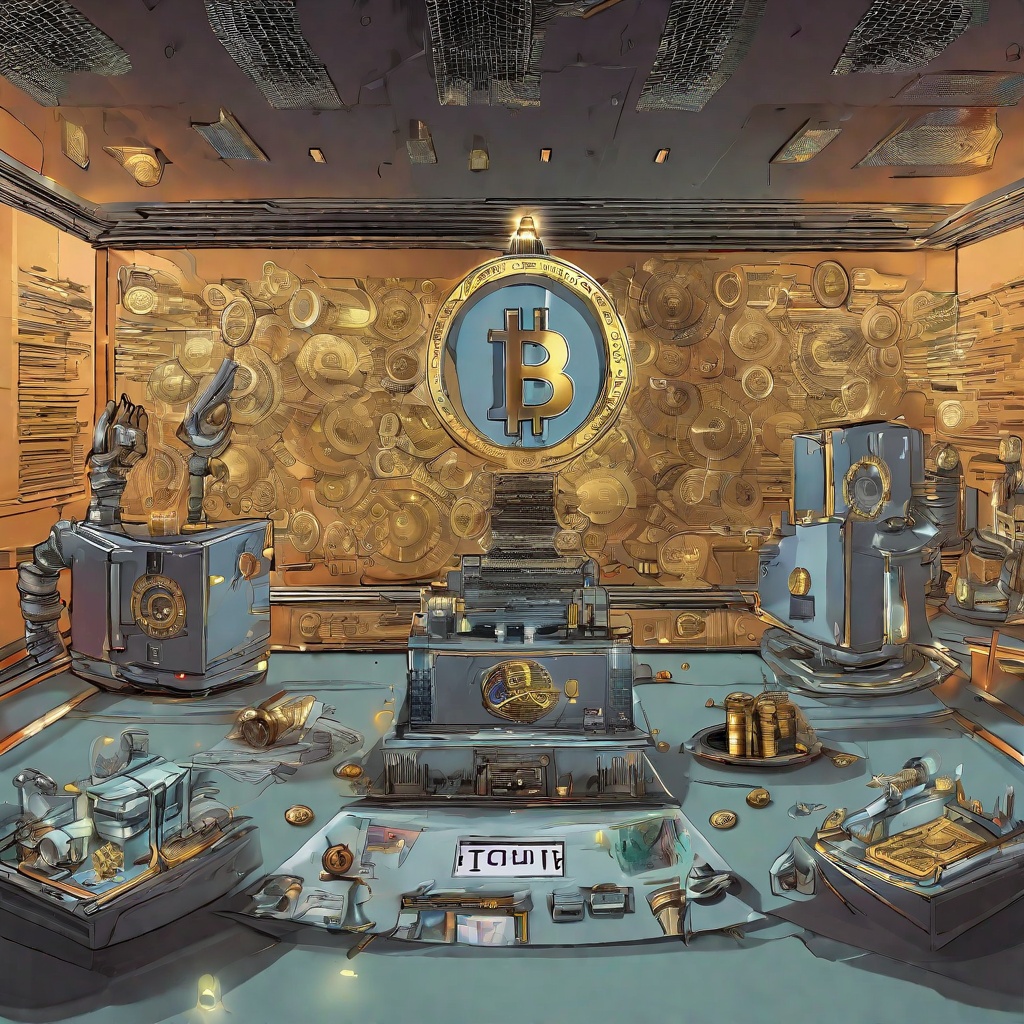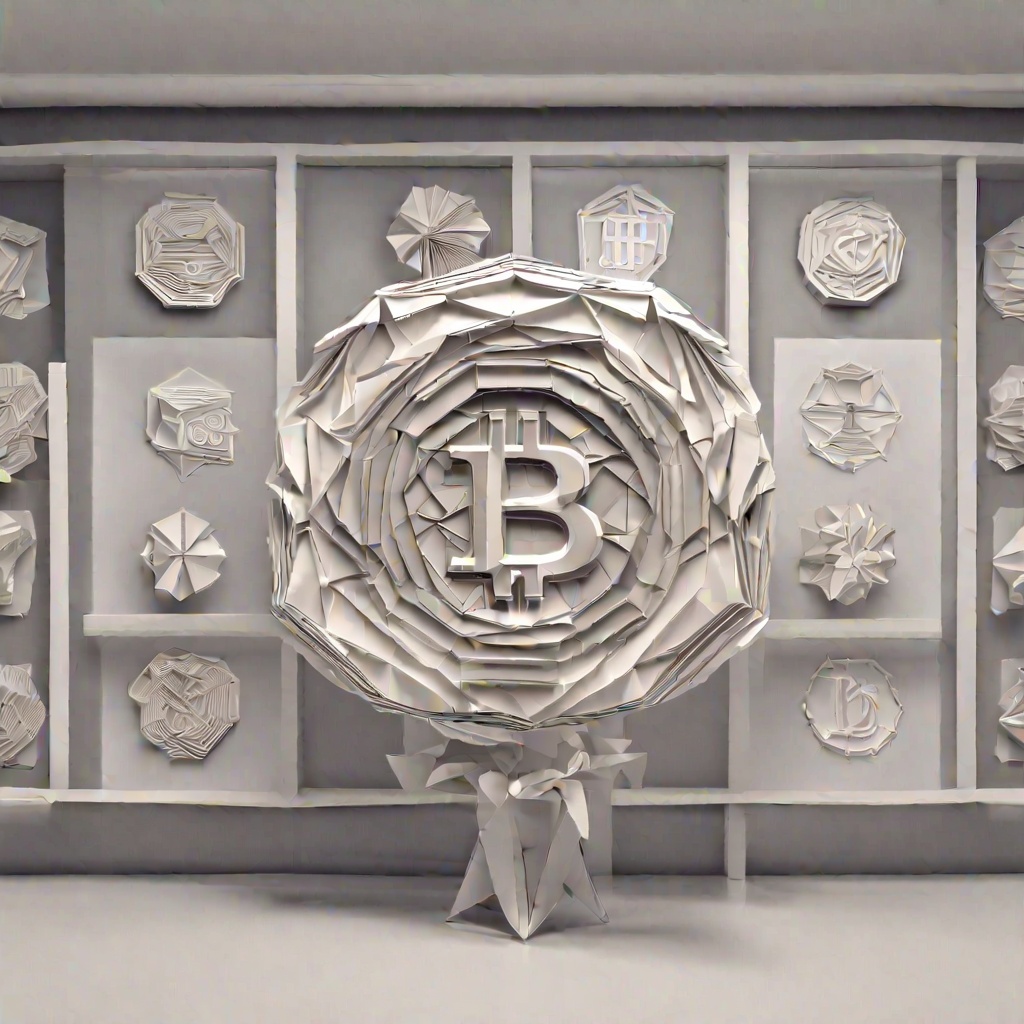What is a bitcoin block subsidy?
Could you please elaborate on the concept of "Bitcoin block subsidy" in a succinct manner? I'm curious to understand how it works within the Bitcoin ecosystem. Specifically, I'm interested in knowing how this subsidy is determined, how it's distributed, and its role in incentivizing miners to participate in the Bitcoin network. Additionally, I'd like to know if the block subsidy remains constant or if it changes over time and, if so, how it's adjusted. Thank you for your time and explanation.

Will bitcoin halving event halve the current block subsidy?
In the realm of cryptocurrency and finance, a pertinent question often arises regarding the impact of Bitcoin's halving event on the current block subsidy. So, let's delve into this inquiry. Will the bitcoin halving event truly halve the current block subsidy? This event, occurring approximately every four years, involves a reduction in the reward given to miners for successfully mining a block. As the number of bitcoins in circulation increases, the reward is halved to maintain scarcity and incentivize miners. However, the direct effect on the current block subsidy is precisely what this question seeks to understand. Does the halving truly result in a 50% reduction in the subsidy per block? Or are there other factors at play that may influence this number? Exploring the mechanics behind Bitcoin's halving and its implications on miners' rewards is crucial to gaining a deeper understanding of this phenomenon.

Is the Bitcoin block subsidy inflationary?
Could you elaborate on whether the Bitcoin block subsidy contributes to inflationary pressures in the cryptocurrency ecosystem? Specifically, does the issuance of new bitcoins as block rewards pose a threat to the long-term stability of the Bitcoin network? How does this subsidy mechanism compare to other cryptocurrencies' methods of distributing tokens, and what are the potential implications for Bitcoin's price and market capitalization? Additionally, what are the arguments for and against the current block subsidy system, and how do they balance the need for incentives for miners with the potential for inflationary pressures?

